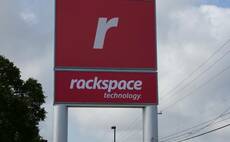Cern is adapting its IT to cope with an expected growth in data from the LHC experiments
PARIS: Cern, the European physics laboratory and home of the large Hadron Collider (LHC), is using OpenStack as part of its key IT infrastructure, demonstrating how open source software can evolve ...
To continue reading this article...
Join Computing
- Unlimited access to real-time news, analysis and opinion from the technology industry
- Receive important and breaking news in our daily newsletter
- Be the first to hear about our events and awards programmes
- Join live member only interviews with IT leaders at the ‘IT Lounge’; your chance to ask your burning tech questions and have them answered
- Access to the Computing Delta hub providing market intelligence and research
- Receive our members-only newsletter with exclusive opinion pieces from senior IT Leaders























